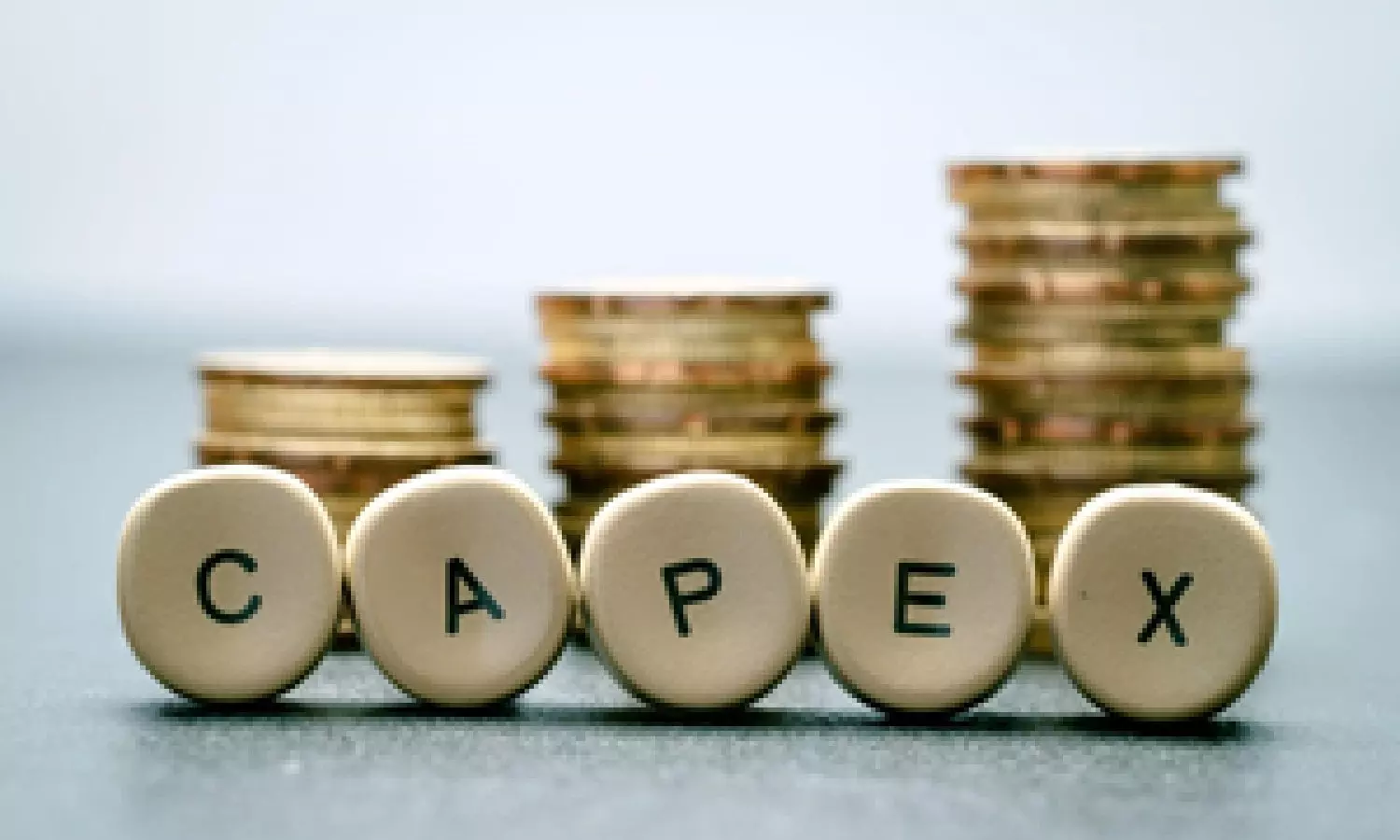Capex has emerged as a key growth driver in India: Morgan Stanley
The most important feature of this expansion is that investment ratios are picking up after an 11-year decline, Morgan Stanley said.;

Representative image
NEW DELHI: A decade after steadily decline in investment to GDP, capex has emerged as a key growth driver in India, global brokerage, Morgan Stanley said.
“We think the capex cycle has more room to run, therefore the current expansion closely resembles that of 2003-07,” it added.
The most important feature of this expansion is that investment ratios are picking up after an 11-year decline, Morgan Stanley said.
“We see a long runway ahead for the current expansion cycle and remain constructive,” it said.
The defining characteristic of the current expansion is the rise in the investment to GDP ratio. Similarly, in the 2003-07 cycle investment to GDP rose from 27 per cent in F2003 (fiscal year ending March 2003) to 39 per cent in F2008, which was close to the peak. Investment to GDP then hovered around those levels until it peaked in F2011. 2011 to 2021 then registered a decade of decline - but the ratio has now inflected again to 34 per cent of GDP and we expect it to rise further to 36 per cent of GDP in F2027E, Morgan Stanley said.
In 2003-07, the capex boom led to acceleration in productivity, job creation and income growth. As more labour was absorbed into employment by the strengthening economy, savings to GDP also rose from 28 per cent in F2003 to 39 per cent in F2008.
Against this backdrop, we saw strong growth outcomes yet very few concerns on the macro stability front. During 2003-07, GDP growth averaged 8.6 per cent and headline CPI inflation averaged 4.8 per cent.




